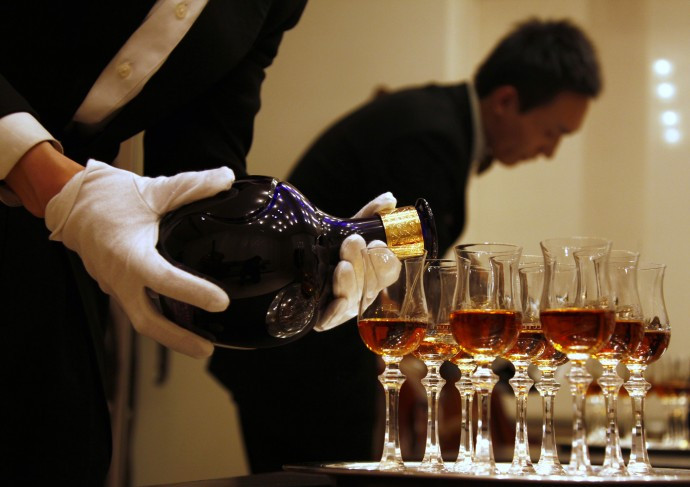Scientists Discover a Method to Reveal Fake Whisky

Researchers at the University of St. Andrews have developed a new method for testing and confirming the quality of a bottle of whisky. The method in question can work out the brand, age and even what kind of cask was used to create single malt, all from a sample no bigger than a teardrop. The research was conducted by physicists Praveen Ashok, Kishan Dholakia and Bavishna Praveen.
"Counterfeiting is rife in the drinks industry, which is constantly searching for new, powerful and inexpensive methods for liquor analysis. Using the power of light, we have adapted our technology to address a problem related to an industry which is a crucial part of Scottish culture and economy," said Ashok in a statement.
The research involves placing a tiny amount of whisky on a transparent plastic chip no bigger than a credit card. By using optical fibers (which have the width of a human hair), the sample is illuminated and then, by analyzing the collection of light scattered from the whisky, the researchers are able to pass judgment on the sample.
The key lies in the fact that the laser can detect the amount of alcohol contained in the sample - genuine whisky must contain at least 40%. The method exploits both the fluorescence of whisky and the scattering of light and shift in energy when it interacts with molecules, known as its "Raman signature".
"Whisky turns out to be very interesting: we can not only gather information about the alcohol content, but also the color and texture. These are dictated by the manufacturing process, which of course influences greatly the type of whisky people enjoy," said Ashok.
The chip used in the study was originally employed in the detection of bio-analytes by the group working in the field of biomedical studies.
"Light is incredible and has led to amazing advances in the last fifty years since the advent of the laser. It is amazing to think that the technology we are developing for biomedical analysis can also be used to help us enjoy a wee dram - and with the minimum of waste," said Dholakia.
© Copyright IBTimes 2025. All rights reserved.





















